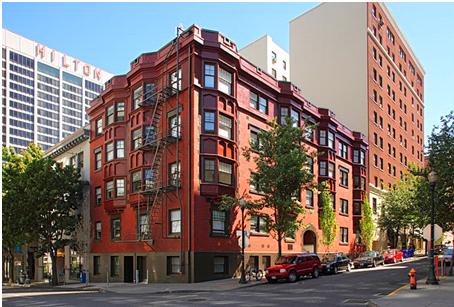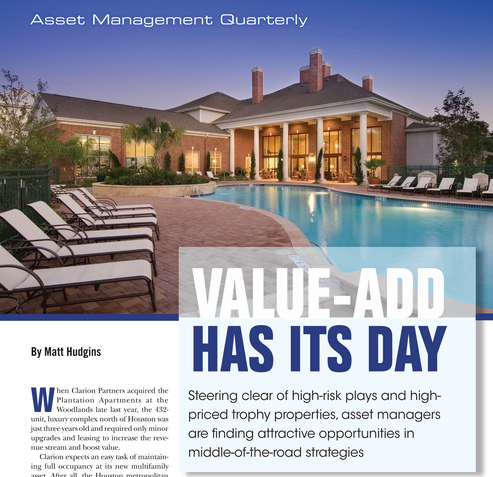Heidi N. Moore was talking with a investor who specializes in buying distressed commercial mortgage-backed securities (CMBS) and I was reminded of something Warren Buffett said back in 2007:
“When people start dropping shoes you really don’t know whether they’re a one-legged guy or a centipede.”
The investor was saying that the commercial real estate (CRE) market has been under the same pressure as the housing market but the CRE market hasn’t crashed. Why hasn’t that shoe dropped… and why won’t it?

The investor said that CRE was “rife with all the same corruption as the housing market: banks didn’t do their homework before signing loans, ratings agencies were overly generous in classifying weak loans as strong, but when it came [time] to mark down the value of the struggling commercial real-estate loans, many banks simply refused. They inflated the values of the loans to make their balance sheets look good.” [And therefore could keep all their bailout funds at work speculating in derivatives and jacking their bonuses instead of being set aside to cover losses.]
There are two other reasons that the CRE market and the CMBS tied to it didn’t crash: 0% interest rates, which means commercial borrowers weren’t punished with higher interest payments; and more importantly Continue reading The One Shoe That Didn’t Drop in The Financial Collapse- Commercial Mortgage-Backed Securities. #CRE






